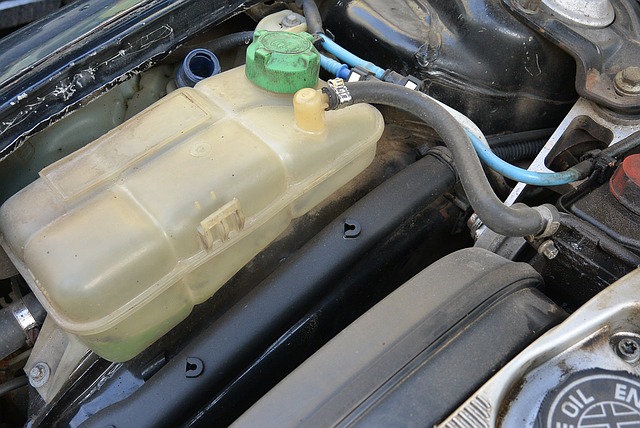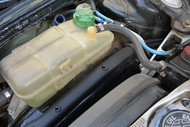The Importance of Changing Your Vehicle's Coolant
5th Nov 2020

Flush Vehicle Coolant
Changing coolant isn't something that most drivers think about. They assume that as long as there's coolant inside their radiator -- as well as the overflow tank -- it will function as intended by removing heat from the engine. Coolant, however, can degrade. Its chemical composition will change over time, which may lead to several problems.
Removes Rust Deposits
Rust deposits can form within your vehicle's cooling system if you neglect to change the coolant. Although there are different types of coolant, they all contain corrosion-inhibiting additives. These additives work to protect your vehicle's cooling system from rust deposits. By changing your vehicle's coolant, it will have the necessary additives to prevent rust from forming.
Protects Seals From Damage
Changing your vehicle's coolant will protect seals from damage. Cooling systems have seals around hoses and gaskets. They are typically made of an elastic material that's able to withstand hot and pressurized coolant. Like most types of seals, though, coolant seals can degrade. If you don't change your vehicle's coolant, these seals will have a shorter lifespan, thereby increasing the risk of premature failure.
Maintain Safe Engine Temperatures
With fresh coolant, you can rest assured knowing that your vehicle's engine won't overheat. Coolant can become more viscous when left unchanged. Rather than being thin and watery, it becomes thick and sludgy. As the viscosity of coolant increases, its ability to remove heat from the engine decreases.
Identify Problems
Another reason changing your vehicle's coolant is important is because it gives the opportunity to identify other problems. When you change the coolant, you can look around inside the engine bay for signs of a coolant leak.
Cooling systems are closed, meaning coolant shouldn't leak out. If you notice coolant anywhere inside your vehicle's engine bay, you should try to pinpoint where it's coming from. Maybe the radiator is cracked, or perhaps a hose is lloose. Regardless, changing the coolant allows you to identify problems such as a coolant leak.
Drain and Refill vs Flush
Keep in mind that there are two different ways for changing coolant: drain and refill or flush. A drain and refill is a more basic method that involves draining the coolant, followed by refilling the radiator and overflow tank. A flush, on the other hand, is a more complex method that involves forcing a cleaning solution into your vehicle's cooling system, draining it, and then refilling it with fresh coolant.



